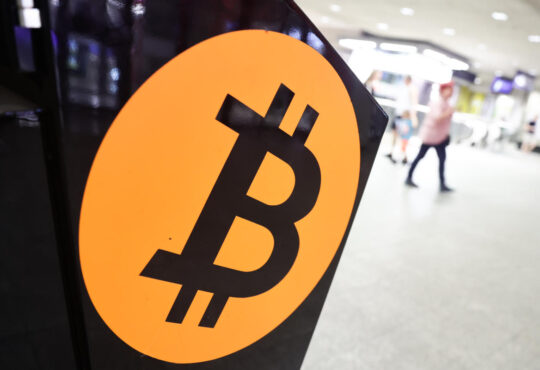stock market january performance: How do markets behave in January? Leaders & laggards of Nifty of last 10 years

Nifty 50 Performance Chart – January Returns (%)
 ET CONTRIBUTORS
ET CONTRIBUTORSOur analysis shows that Nifty has delivered positive returns for four years and negative returns for six years during January.
Out of the six negative returns, two were marginal at about 0.3% and 0.1% in January 2019 and January 2022, respectively.
It is interesting to note that Nifty has given four consecutive negative returns in January during the last four years (2019 to 2022).
If we look back at the historic performance, the highest return of 6.4% was delivered in January 2015 on the back of improved consumer goods demand along with a decline in crude oil prices.
On the flip side, January 2016 delivered the most negative returns of 4.8% in the ten years, following the US Fed rate hike in December 2015, turbulence in the Chinese economy, and a selloff in other emerging markets.
In January 2017, markets resumed their upward journey as normalcy returned in the economy post-demonetization. However, Donald Trump’s comments on Make in USA, a cause of worry for export-oriented industries in India, restricted further upside performance.
Markets continued to have a dream return in January 2018 on the back of good numbers in the cement, steel, and auto sector along with recapitalization plans by the government for PSU banks.
Thereafter, Nifty had a lackluster January month performance, amid trade war tensions, geopolitical issues, the COVID-19 pandemic, inflation worries, etc.
Within the Nifty 50 index, there are certain sectoral outperformers and laggards within the 10-year period. Nifty IT performed well in January for the most number of years (about six), while Nifty Metal was under pressure three times in the analyzed time frame.
On the outperformance side, a 12.5% gain in the Nifty IT index in January 2013 can be attributed to a significant increase in global technology spending which created opportunities for the Indian software services sector to post double-digit growth in export as well as in domestic markets.
The metals index witnessed a sharp bounce of 15.8% in January 2017 due to robust demand.
In January 2021, Nifty Auto outperformed due to some pre-buying effect visible in the first half of the month that pushed a large chunk of sales ahead of the price hike in the second half and sustained demand in urban areas.
There are some laggards as well if we look at historic sectoral performances. In January 2014, Nifty Bank underperformed owing to the elevated level of inflation, supply constraints, and weak banking sector results.
The unprecedented economic, fiscal, and environmental challenges led to disappointment in the Nifty Infra index in January 2016.
The auto segment underperformed in January 2019 due to vehicle segments reporting a decline amid weak consumer sentiment, tepid rural demand, and a liquidity crunch.
In January 2022, the IT sector faced domestic headwinds and the global technology rout also eroded the market value.
Heading into January 2023, we believe that there is a lot of global uncertainty which will play out.
The Indian market will also be influenced by news flows surrounding the Union budget scheduled in February 2023 which is likely to be reformist rather than populist.
It would be interesting to see if markets can eke out gains and end the losing streak in January 2023.
(The author is Head of Research – Stoxbox)






